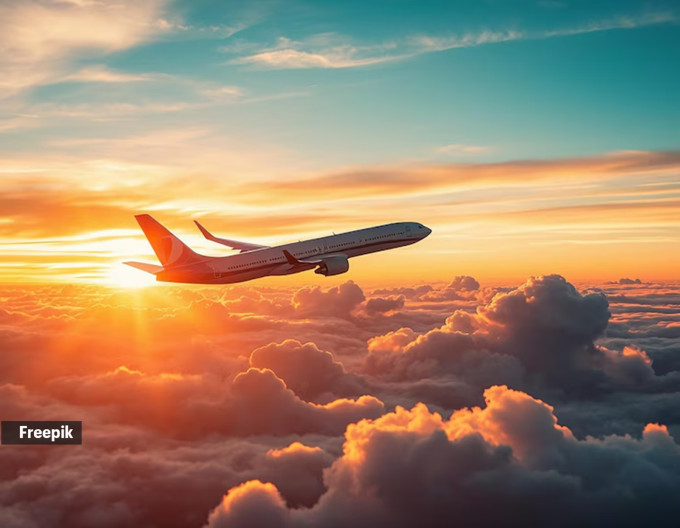Pilot reveals how long oxygen masks last in an airplane
Oxygen masks on aeroplanes are a critical safety feature designed to protect passengers and crew in case of a sudden loss of cabin pressure. When the oxygen masks drop in an emergency, it’s essential to understand how long they will provide air and what to expect during this crucial time. Many travellers may wonder about the duration of the oxygen supply and the mechanisms behind it.
Understanding the functionality and limitations of oxygen masks can provide reassurance and prepare passengers for emergencies. We speak to Sandeep Chandra, pilot at JetBlue and a former military fighter pilot in the Indian Air Force about how long these oxygen masks last.

What is the purpose of oxygen masks on commercial aircraft?
Chandra tells indianexpress.com, “Oxygen masks serve as a critical safety feature in commercial aircraft, designed to provide passengers and crew with life-sustaining oxygen in emergency situations. These masks are ingeniously engineered to deploy automatically when cabin pressure drops to unsafe levels, typically at altitudes above 14,000 feet.”
Hidden behind panels above each seat, he says, the masks are connected to a complex network of tubing that runs throughout the aircraft. When deployed, they offer a vital lifeline, allowing occupants to breathe normally in an environment that would otherwise be too thin in oxygen to support consciousness.
 Modern commercial aircraft operate with a pressurised cabin that simulates a comfortable altitude of between 6,000 to 8,000 feet. (Source: Freepik)
Modern commercial aircraft operate with a pressurised cabin that simulates a comfortable altitude of between 6,000 to 8,000 feet. (Source: Freepik)
How long do the oxygen masks on an aeroplane typically provide oxygen for passengers?
According to Chandra, the oxygen supply in most commercial aircraft is meticulously calculated to last “approximately 15 minutes”, though this duration can vary slightly depending on the specific aircraft model and system design. This time frame is not arbitrary; it’s carefully determined based on the aircraft’s emergency descent profile.
He mentions, “In the event of a cabin depressurisation, pilots are trained to execute a rapid descent to a safe breathing altitude, typically around 10,000 feet. The 15-minute oxygen supply provides a crucial buffer, ensuring passengers have enough oxygen to sustain them during this descent, even from the aircraft’s maximum cruising altitude.”
How oxygen supply is managed and distributed to ensure that each mask functions properly
Modern commercial aircraft operate with a pressurised cabin that simulates a comfortable altitude of between 6,000 to 8,000 feet, regardless of the actual flying altitude, says Chandra. “This pressurisation is achieved through sophisticated environmental control systems that compress outside air and regulate its release into the cabin. However, if this system fails or the aircraft experiences structural damage leading to depressurisation, the cabin altitude can rapidly increase. At around 14,000 feet cabin altitude, oxygen masks automatically deploy.”
Pilots have additional controls in the cockpit to manually deploy masks if needed, he continues, providing an extra layer of safety in case of system malfunctions or in anticipation of potential pressurisation issues.
Procedures and protocols followed by the crew to ensure that the oxygen masks are functioning correctly
There is no special protocol, reveals Chandra. “Any malfunction in the oxygen system will cause a warning light to light up in the cockpit and obviously this is a ‘no-go’ sign till maintenance takes a look at it and fixes the problem.”
📣 For more lifestyle news, click here to join our WhatsApp Channel and also follow us on Instagram
Disclaimer: The copyright of this article belongs to the original author. Reposting this article is solely for the purpose of information dissemination and does not constitute any investment advice. If there is any infringement, please contact us immediately. We will make corrections or deletions as necessary. Thank you.
